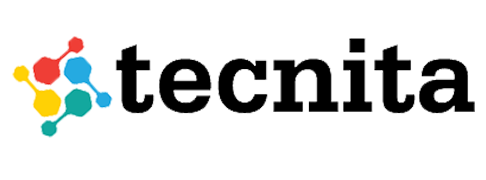

Mastering Diversity and Inclusion in the workplace
Importance of Diversity and Inclusion
Diversity and inclusion are no longer optional in the modern workplace but essential for creating a thriving and innovative environment. HR leaders are critical in championing diversity and inclusion initiatives within their organizations. In this article, we will explore the best practices HR leaders can adopt to master diversity and inclusion in the workplace. Diversity refers to representing different backgrounds, identities, and characteristics among employees. Embracing diversity is essential for organizations to thrive in a globalized world. HR leaders can tap into a rich pool of talents, skills, and perspectives by cultivating a diverse workforce. This can lead to enhanced problem-solving, creativity, and decision-making, driving innovation and the organization forward.
Benefits of Diversity
A diverse workforce brings numerous benefits to an organization. It fosters a culture of inclusivity, enabling employees to feel accepted, valued, and respected. By embracing diversity, organizations can enhance employee engagement, satisfaction, and retention. Additionally, diverse teams are more adaptable to change, better equipped to understand diverse customer needs, and have a competitive advantage in today’s multicultural markets.
Creating an Inclusive Culture
To create an inclusive culture, HR leaders can take several steps. Firstly, they should establish clear policies and guidelines that promote equal opportunities and prohibit discrimination. Training programs can raise awareness and educate employees about unconscious bias and inclusivity. HR leaders can also encourage open communication channels, actively listen to employee feedback, and implement employee resource groups to provide a platform for diverse perspectives and experiences.
Best Practices for HR Leaders
HR leaders are vital in driving diversity and inclusion initiatives within their organizations. Here are some best practices to consider:
Recruitment and Hiring
HR leaders should develop diverse sourcing strategies to attract many candidates. They should focus on creating inclusive job descriptions, eliminating bias in selection criteria, and implementing blind resume screening processes. By leveraging diverse hiring panels, HR leaders can ensure fair and unbiased selection processes that lead to a more inclusive workforce.
Training and Development
Implementing training and development programs that promote diversity and inclusion is crucial. HR leaders should provide regular diversity training to all employees, including managers and leaders, to foster awareness and understanding of different perspectives. This training should address unconscious bias, cultural competence, and inclusive leadership. HR leaders should also ensure that career development opportunities are accessible to all employees, regardless of background, by providing mentorship programs and diverse learning experiences.
Policies and Procedures
HR leaders should review and update their policies and procedures to ensure they are inclusive and promote diversity. This includes revising anti-discrimination and anti-harassment policies, implementing flexible work arrangements to accommodate diverse needs, and establishing fair promotion and reward systems. Clear guidelines and procedures should be in place to address any instances of discrimination or bias, providing a safe and inclusive work environment for all employees.
Employee Resource Groups
Employee resource groups (ERGs) are voluntary, employee-led groups that bring together individuals with shared characteristics or backgrounds. HR leaders can support and encourage the formation of ERGs within their organizations. These groups provide a platform for employees to connect, share experiences, and contribute to organizational initiatives. By collaborating with ERGs, HR leaders can gain valuable insights and perspectives, shaping more inclusive policies and practices.
Conclusion
Mastering diversity and inclusion in the workplace is a journey that requires dedication, commitment, and continuous effort. HR leaders are pivotal in creating an environment where diversity is celebrated, and employees feel included, valued, and empowered. By implementing best practices such as diverse recruitment, inclusive policies, and employee resource groups, organizations can unlock the full potential of their workforce and drive sustainable success.
Looking for diverse talents to join your organization? Contact us at Tecnita to find exceptional talent for your organization who do not just fit the role but is a right cultural fit for your firm. Click on the link below to contact us:

